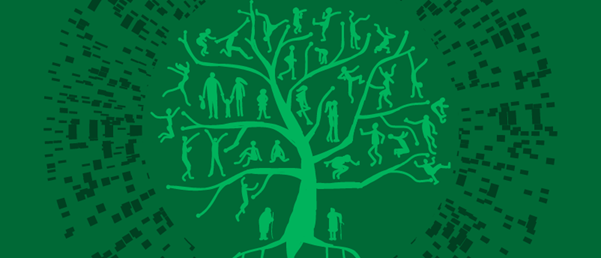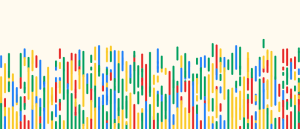Identifying undiagnosed genetic disease via the far-reaching branches of a family tree

A genetic method has been developed to cluster distantly related people, identifying rare genetic variants that can be used to find cases of undiagnosed genetic disease.
Researchers from Vanderbilt University Medical Center (VUMC; TN, USA) have developed a genetic method that can analyze shared genomic segments, identifying undiagnosed cases of rare genetic diseases. In a recent paper, they demonstrate how this novel approach could be utilized to detect undiagnosed carriers of rare disease-causing genetic variants.
Rare genetic disorders are usually studied in cohorts accumulated from people who have been referred to clinicians; however, according to senior author of the paper Jennifer Below, studying these diseases in biobanks would provide a more accurate insight into the impact of the disease in a population, which is often overexaggerated by ‘referral population’ data. Biobanks provide an interesting pool of data, often drawing from participants in the same region and therefore exhibiting significant undocumented relatedness – known as ‘identical-by-descent’ segments.
One such disorder, known as Type 5 Long QT Syndrome (LQT5) is characterized by a prolonged QT interval, the time between the Q and T wave on an electrocardiogram. The condition is known to be caused by variants of the KCNE1 gene, which expresses a protein involved in the modulation of potassium comments
The research team explored how they could cluster identical-by-descent’ segments – and therefore distantly related individuals – to find rare variants that were present in a common ancestor and could be indicative of rare genetic diseases.
 AI-based fragmentomic approach could turn the tide for ovarian cancer
AI-based fragmentomic approach could turn the tide for ovarian cancer
Ovarian cancer is often detected at a late stage, providing poor prognoses, while benign ovarian growths can lead to unnecessary surgeries. A new combined fragmentomic–protein biomarkers test could change all that.
To find these identical-by-descent segments, the team developed a method called distant relatedness for identification and variant evaluation (DRIVE). DRIVE is a computational genetic inference tool developed to link individuals based on pairwise identical-by-descent sharing spanning the target variant or region.
In an initial proof of principle for the method, the team used DRIVE to investigate LQT5. They identified nine LQT5 rare variant carriers referred to a specialty clinic, each carrying p.Asp76Asn, the most common LQT5 variant found in the KCNE1 gene, which is known to cause the disease. These individuals weren’t knowingly related, yet the enrichment of the rare variant in the local area made the researchers wonder. They constructed lineage pedigrees, finding that the nine individuals were eight- to ninth-degree related – fourth cousins, for example.
The team then applied DRIVE to a non-referral population of 69,819 individuals from BioVu, the VUMC’s DNA biobank that is linked to de-identified electronic health records. This approach found an additional 22 people sharing this genetic variant, which they confirmed using DNA sequencing. The team also assessed electrocardiograms and medical records for features of LQT5 and found that both the referral and non-referral carriers of p.Asp76Asn had a prolonged QT interval indicative of LQT5.
This study demonstrates how DRIVE and identical-by-descent segments can be used to identify rare genetic variants indicative of disorders that have often been undiagnosed, helping to catch undiagnosed cases and get patients the treatment they need to lead a healthy life. Below also sees further, more investigational applications for the method, stating that it, “could also be used to identify unknown causal gene variants, by clustering individuals with shared identical-by-descent segments and assessing the enrichment of disease within clusters.”